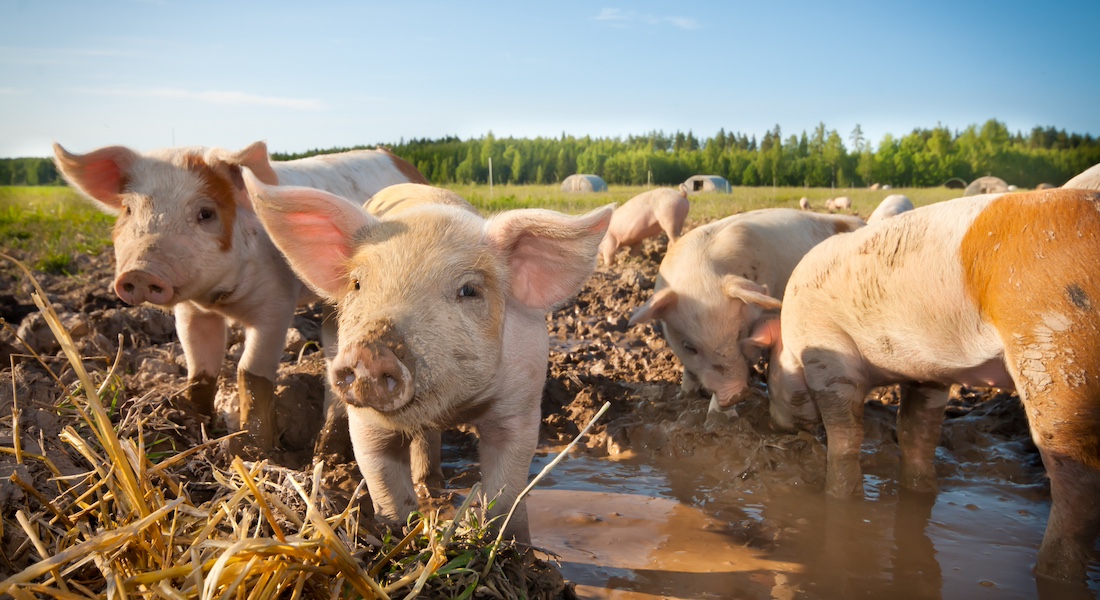Comparison of three different measuring devices of ammonia and evaluation of their suitability to assess animal welfare in pigs

Witt, J., Krieter, J., Schröder, K., Büttner, K., Hölzel, C., Krugmann, K. & Czycholl, I. (2023)
Livestock Science. Elsevier
Abstract
Since negative effects of ammonia (NH3) on health and productivity are known NH3 concentrations should be considered a possible indicator of animal welfare. Thus, a simple and reliable control of NH3 concentrations is necessary. Therefore, this study aimed to investigate factors influencing two hand-held measuring devices - the ‘Basic Ammonia Detector-NH3000’ ammonia meter (AM) and the ‘Dräger accuro®’ gas detection pump (DA) – and the continuously measuring ‘DOL53 Ammonia Sensor’ (DOL) with regard to their practical use in pig houses and to compare them in terms of their reliability. Subsequently, the suitability of NH3 as a welfare indicator was considered by analyzing the connections of NH3 to different on-farm/slaughterhouse welfare indicators. The NH3 concentration on three farms (farm A: organic; farms B, C: conventional) over three to four batches from farrowing to the end of finishing were measured weekly with the AM (n = 284) and the DA (n = 142). In addition, the DOL (n = 77,170) measured the NH3concentration every 15 min and revealed its daily course. The influence of the farm on NH3, investigated with a linear mixed model, was significant (P ≤ 0.05) for all three measuring devices. The freely ventilated farm A showed the lowest NH3 of all farms (mean DOL 0.69 ppm), which could be caused by a lower animal density, litter and an outdoor arena, compared to the mechanically ventilated farms B (mean DOL 12.4 ppm) and C (mean DOL 10.6 ppm). The season was a further significantly (P ≤ 0.05) influencing factor for the farms B and C, which was reflected in higher NH3 in winter compared to summer. This could be due to a lower ventilation rate and different animal behavior, because of lower outdoor temperatures in winter. Continuous measurement with the DOL also showed influences of the production stage of the pigs, with highest values with increasing age and the barn. The comparison of the AM and DA with the DOL did not achieve acceptable reliability/agreement. Hand-held devices cannot record variations in the NH3 concentration due to the non-continuous measurement, which may lead to wrong conclusions. A strong relationship between the NH3 number ≥20 ppm per batch and the number of affected animals of the on-farm/slaughterhouse indicators determined by significant (P < 0.05) Chi2 Tests and Cramér's V ≥ 0.60 could be detected for coughing (V = 0.89), tail length (V = 0.81), tail lesions (V = 0.60) and M. hyopneumoniae (V = 1.00). These findings indicate NH3 as a potential indicator of animal welfare.
